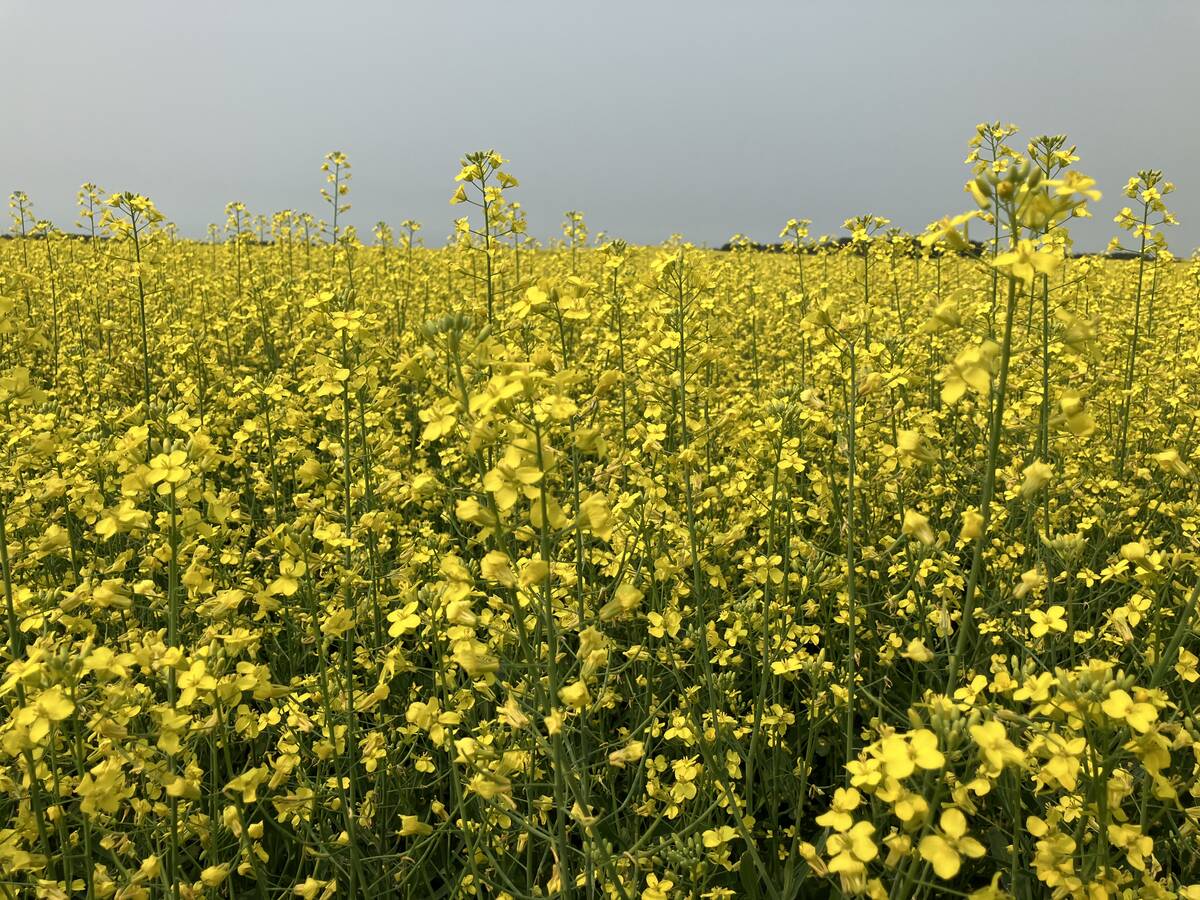Last year it seemed the best of times.
This year it seems to be becoming the worst of times.
That was how Canadian Cattlemen’s Association executive vice president
Dennis Laycraft described the mood of the cattle industry when he
addressed the association’s annual convention in Winnipeg last week.
“For the producers who are caught in the middle of the drought, there
are very few options,” Laycraft said.
He sketched out the events that have seen the industry slide into
Read Also

Canola used in only quarter of Canadian biofuel
Less than one-quarter of the biodiesel and renewable diesel used in Canada in 2024 was made from canola oil feedstock
misfortune during the past year and a half.
The drought began last summer and intensified in the fall, parching
pastures and reducing feed crops.
Producers who had to bring in feed paid for the damages up front.
Feedlots generally lost money because they paid high prices for barley
or were forced to ship in corn from the United States.
The terrorist attacks on Sept. 11 rocked the economy, which was already
heading toward a recession, causing a sharp drop in high-priced beef
sales through restaurants and conventions.
Mad cow disease appeared in some Japanese cattle, causing a public
scare and reducing Japanese beef imports.
Extreme cold in the spring meant there were heavy calf losses on many
farms.
And this year, the drought has continued in many parts of the West,
ravaging pastures and hay crops and causing producers to sell cows
because they can’t feed them over the winter.
Fall calf prices are likely to suffer as feedlots ensure they don’t get
caught again buying calves that are too costly to feed.
If country of origin labelling comes into force in the U.S., prices
for Canadian cattle and beef will drop and the Canadian herd will
probably shrink.
In Manitoba, the situation is worse.
In parts of the province where cattle have been infected by bovine
tuberculosis, the U.S. Department of Agriculture has placed
restrictions on cattle exports.
It wasn’t the happiest time for Manitoba Cattle Producers Association
president Garth Routledge to welcome producers from across the country.
“We’ve got some huge challenges ahead of us,” said Routledge.
He admitted in an interview that Manitoba producers see a lot of dark
clouds on the horizon.
“They’re nervous. They’re nervous.”
But both Routledge and Laycraft said the reality is better than
perception.
“There are still some strong underlying fundamentals that we believe
will offer good opportunities for the industry,” said Laycraft in an
interview.
“It’s pretty depressing when you’ve gone through what we’ve gone
through, but I think we all realize the economics are going to improve
and our exports are going to recover and the weather will get better.”
Routledge said he is certain that the tuberculosis problem can be
solved and Manitoba cattle will escape discrimination.
“As long as we keep focused on the challenges and try to work out
solutions, we should see our cattle numbers increase and our industry
get stronger in Manitoba,” said Routledge.
“The basic fundamentals are still there.”
Laycraft said cattle producers’ confidence has taken a knock, but it
will recover.
“People haven’t lost faith in the future,” he said.
Though the convention’s anxious tone was mainly due to worries about
the state of the industry and the financial plight farmers face, it
began on another somber tone, as CCA chair Neil Jahnke had members rise
to join in a moment of silence for Carl Block, the respected
Saskatchewan cattle producer who died in an airplane crash this year.

















